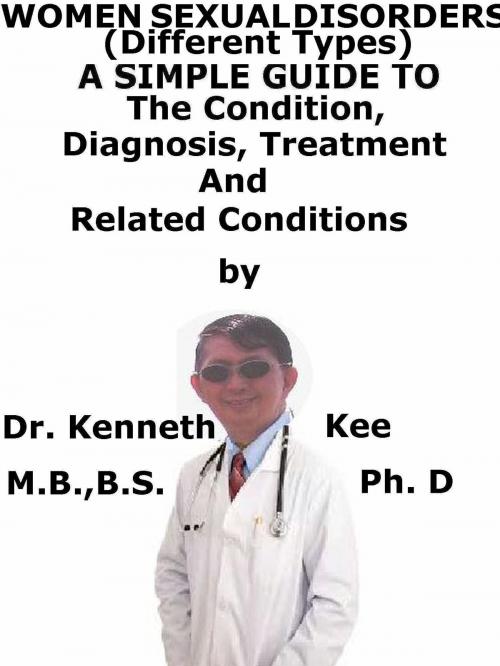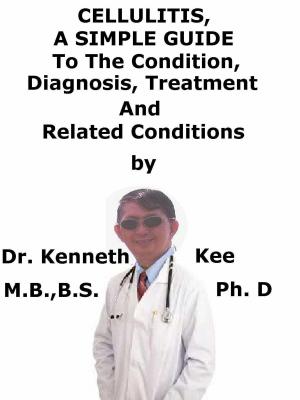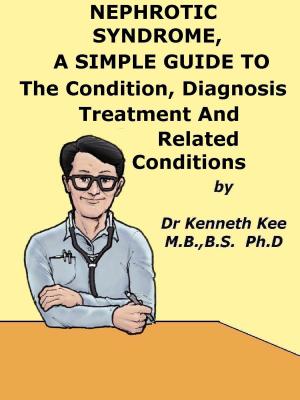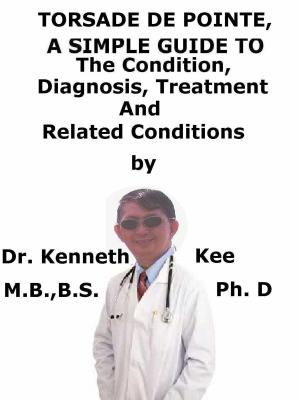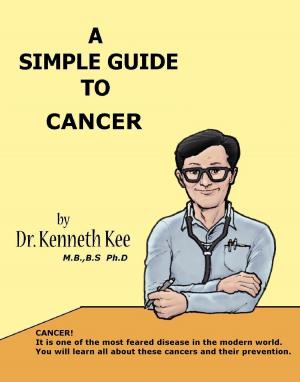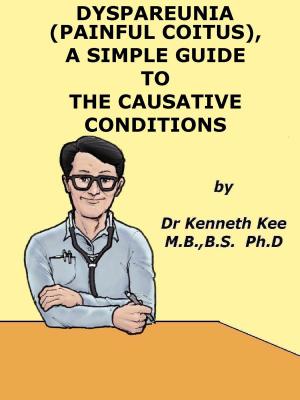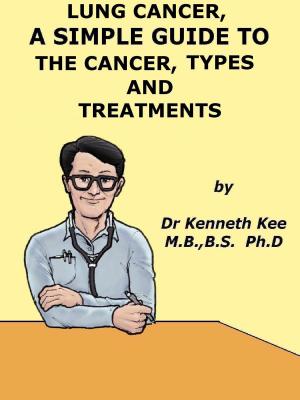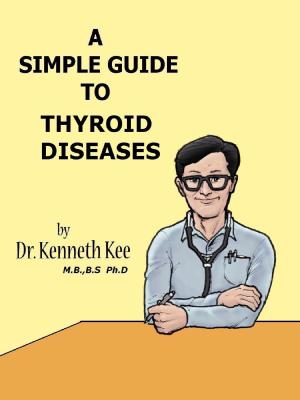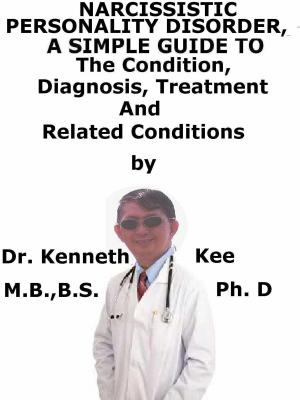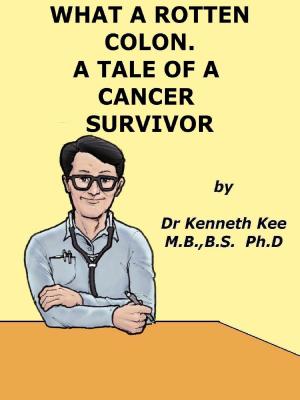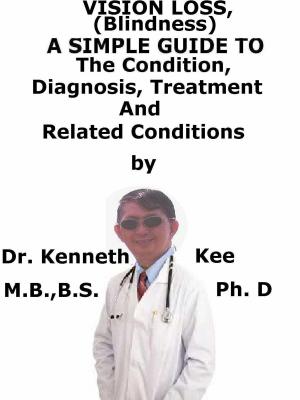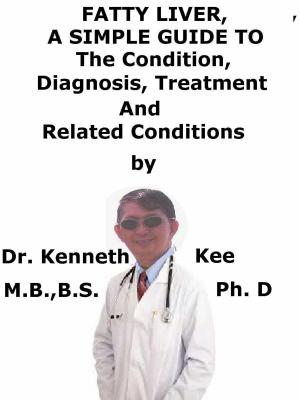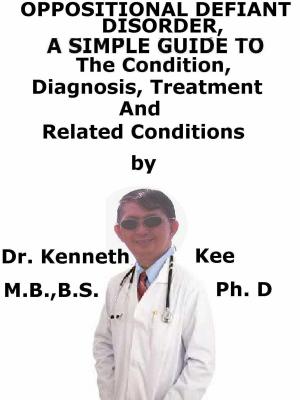Women Sexual Disorders, (Different Types) A Simple Guide To The Condition, Diagnosis, Treatment And Related Conditions
Nonfiction, Health & Well Being, Health| Author: | Kenneth Kee | ISBN: | 9781370204717 |
| Publisher: | Kenneth Kee | Publication: | October 17, 2017 |
| Imprint: | Smashwords Edition | Language: | English |
| Author: | Kenneth Kee |
| ISBN: | 9781370204717 |
| Publisher: | Kenneth Kee |
| Publication: | October 17, 2017 |
| Imprint: | Smashwords Edition |
| Language: | English |
For a female emotional, mental and spiritual health is more important than physical sexual health.
Physical health is important for the achievement of good healthy sex.
Many women have sexual disorders at some time in their life.
Common Sexual Disorders
1. Sexual interest/arousal disorder
This is defined as reduced or absent sexual interest, responsiveness, erotic thoughts and sexual pleasure.
2. Female orgasmic disorder (absence, infrequency, reduction, delay of orgasm):
Lifelong anorgasmia may suggest unfamiliarity or discomfort with self-stimulation or sexual communication with her partner.
Delayed or less intense orgasms may be a natural process of ageing, due to decreased genital blood flow, atrophy and reduction in sensitivity.
3. Genito-pelvic pain/penetration disorder (problem in vaginal penetration, marked vulvovaginal or pelvic pain during penetration, fear or anxiety about pain in anticipation of, during, or after penetration, and tightening or tensing of pelvic floor muscles during attempted penetration):
Genito-pelvic pain/penetration disorder involves fear or anxiety, marked tightening or tensing of the abdominal and pelvic muscles, or actual pain associated with attempts toward vaginal penetration that is persistent or recurrent for at least six months.
Causes:
1.Getting older:
A woman's sex drive often decreases with age.
2.Perimenopause and menopause:
A woman has less estrogen as she gets older.
3.Illnesses such as cancer and infections can cause problems with sex.
4.Some medicines:
Medicine for blood pressure, depression, and chemotherapy can decrease the sex drive or make it hard to have an orgasm.
5.Stress and anxiety
6.Depression
7.Relationship problems with the partner
8.Having been sexually abused in the past
9.Cigarette smoking
Diagnosis:
The doctor will:
1. Do a physical exam, including a pelvic exam.
2. Ask the woman about her relationships, present sexual practices, attitude towards sex, other medical problems she might have, medicines she is taking, and other possible symptoms.
A gynecological exam is always advised and should focus on:
1.Any changes or abnormalities in vulvar anatomy
2.Signs of inflammation
3.Skin color and quality
4.Appearance of vaginal mucosa (estrogenized and moistened or atrophic)
5.Signs of myogenic or referred pain or linked urogenital and rectal pain
6.Inspection of pelvic floor trophism, muscular tone and strength
7.Scarring
8.Determination of pH
9.Sampling and culture of discharge
Laboratory Tests
1.Testosterone status
2.Plasma levels of estrogens
3.Prolactin levels
4.Thyroid-stimulating hormone
Treatment
The patient should get treatment for any other medical disorders.
This may help with disorders with sex.
The doctor may be able to change or stop a medicine
Hormonal treatment options are:
1.Topical or systemic estrogen therapy
2.Tibolone
3.Topical vaginal dehydroepiandrosterone
4.Testesterone for arousal
5.Flibanserin is used as treatment for low sexual desire
6.Selective serotonin reuptake inhibitors antidepressant are useful for depression and stimulating sexual self esteem
5.Oral estrogen for vaginal lubrication and muscle tone
6.Sildenafil (Viagra), may prove advantageous for some women who have sexual dysfunction
Non-medical Treatment
1.Vaginal lubricants/moistures
2.EROS-CTD device
Psychological Treatment
Sexual therapy
Mindfulness
Relationship therapy
Cognitive Behavior therapy
Communication
Others:
Antibiotics for infection
Minimizing pain
Warm bath before intercourse
Love and intimacy is important than the physical act of sex
TABLE OF CONTENT
Introduction
Chapter 1 Woman Sexual Disorders
Chapter 2 Female Sexual Dysfunction
Chapter 3 Vulvovaginitis
Chapter 4 Vaginal Atrophy
Chapter 5 Vaginismus
Chapter 6 Dyspareunia
Chapter 7 Female Orgasmic Disorder
Chapter 8 Sexual Abuse
Epilogue
For a female emotional, mental and spiritual health is more important than physical sexual health.
Physical health is important for the achievement of good healthy sex.
Many women have sexual disorders at some time in their life.
Common Sexual Disorders
1. Sexual interest/arousal disorder
This is defined as reduced or absent sexual interest, responsiveness, erotic thoughts and sexual pleasure.
2. Female orgasmic disorder (absence, infrequency, reduction, delay of orgasm):
Lifelong anorgasmia may suggest unfamiliarity or discomfort with self-stimulation or sexual communication with her partner.
Delayed or less intense orgasms may be a natural process of ageing, due to decreased genital blood flow, atrophy and reduction in sensitivity.
3. Genito-pelvic pain/penetration disorder (problem in vaginal penetration, marked vulvovaginal or pelvic pain during penetration, fear or anxiety about pain in anticipation of, during, or after penetration, and tightening or tensing of pelvic floor muscles during attempted penetration):
Genito-pelvic pain/penetration disorder involves fear or anxiety, marked tightening or tensing of the abdominal and pelvic muscles, or actual pain associated with attempts toward vaginal penetration that is persistent or recurrent for at least six months.
Causes:
1.Getting older:
A woman's sex drive often decreases with age.
2.Perimenopause and menopause:
A woman has less estrogen as she gets older.
3.Illnesses such as cancer and infections can cause problems with sex.
4.Some medicines:
Medicine for blood pressure, depression, and chemotherapy can decrease the sex drive or make it hard to have an orgasm.
5.Stress and anxiety
6.Depression
7.Relationship problems with the partner
8.Having been sexually abused in the past
9.Cigarette smoking
Diagnosis:
The doctor will:
1. Do a physical exam, including a pelvic exam.
2. Ask the woman about her relationships, present sexual practices, attitude towards sex, other medical problems she might have, medicines she is taking, and other possible symptoms.
A gynecological exam is always advised and should focus on:
1.Any changes or abnormalities in vulvar anatomy
2.Signs of inflammation
3.Skin color and quality
4.Appearance of vaginal mucosa (estrogenized and moistened or atrophic)
5.Signs of myogenic or referred pain or linked urogenital and rectal pain
6.Inspection of pelvic floor trophism, muscular tone and strength
7.Scarring
8.Determination of pH
9.Sampling and culture of discharge
Laboratory Tests
1.Testosterone status
2.Plasma levels of estrogens
3.Prolactin levels
4.Thyroid-stimulating hormone
Treatment
The patient should get treatment for any other medical disorders.
This may help with disorders with sex.
The doctor may be able to change or stop a medicine
Hormonal treatment options are:
1.Topical or systemic estrogen therapy
2.Tibolone
3.Topical vaginal dehydroepiandrosterone
4.Testesterone for arousal
5.Flibanserin is used as treatment for low sexual desire
6.Selective serotonin reuptake inhibitors antidepressant are useful for depression and stimulating sexual self esteem
5.Oral estrogen for vaginal lubrication and muscle tone
6.Sildenafil (Viagra), may prove advantageous for some women who have sexual dysfunction
Non-medical Treatment
1.Vaginal lubricants/moistures
2.EROS-CTD device
Psychological Treatment
Sexual therapy
Mindfulness
Relationship therapy
Cognitive Behavior therapy
Communication
Others:
Antibiotics for infection
Minimizing pain
Warm bath before intercourse
Love and intimacy is important than the physical act of sex
TABLE OF CONTENT
Introduction
Chapter 1 Woman Sexual Disorders
Chapter 2 Female Sexual Dysfunction
Chapter 3 Vulvovaginitis
Chapter 4 Vaginal Atrophy
Chapter 5 Vaginismus
Chapter 6 Dyspareunia
Chapter 7 Female Orgasmic Disorder
Chapter 8 Sexual Abuse
Epilogue
